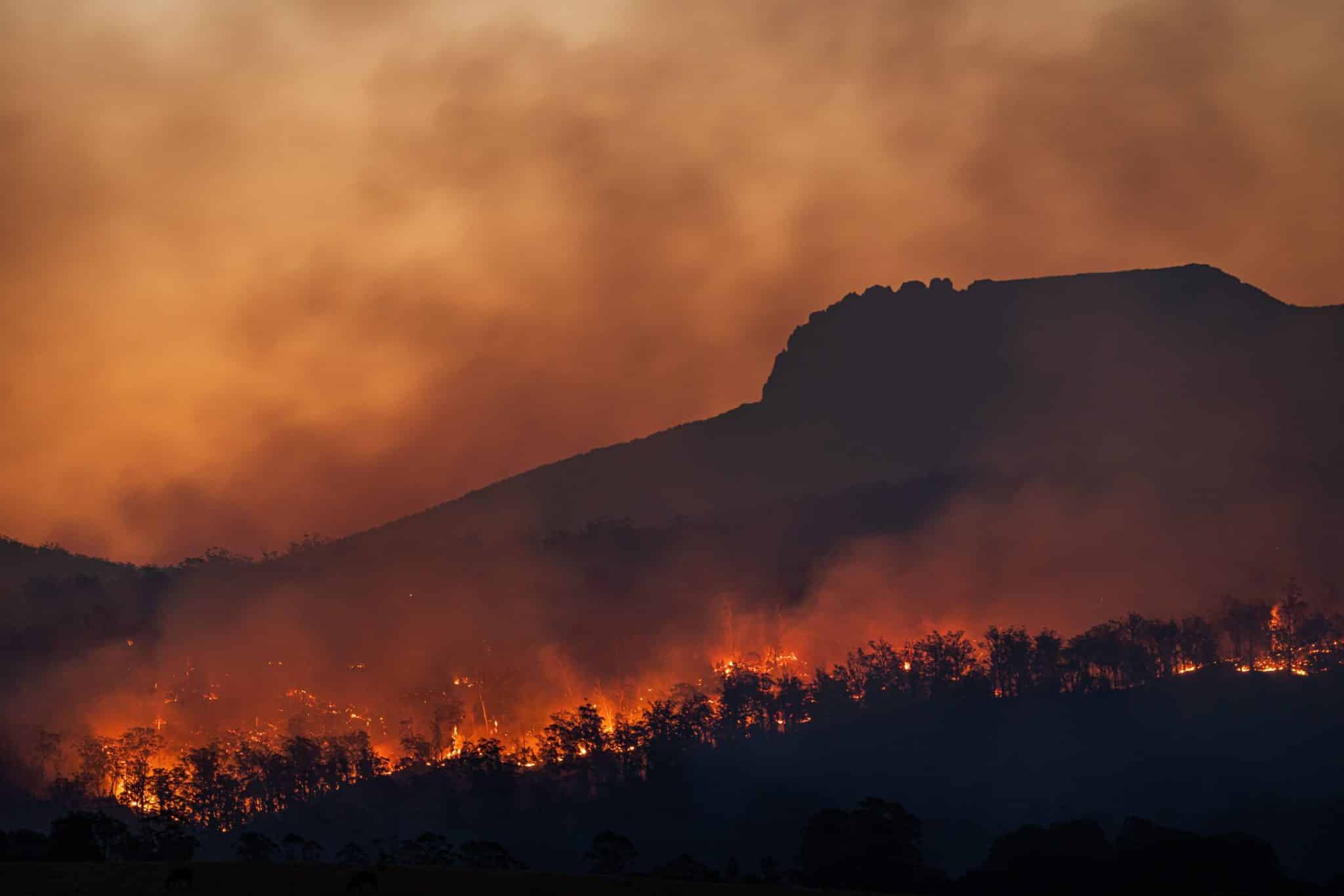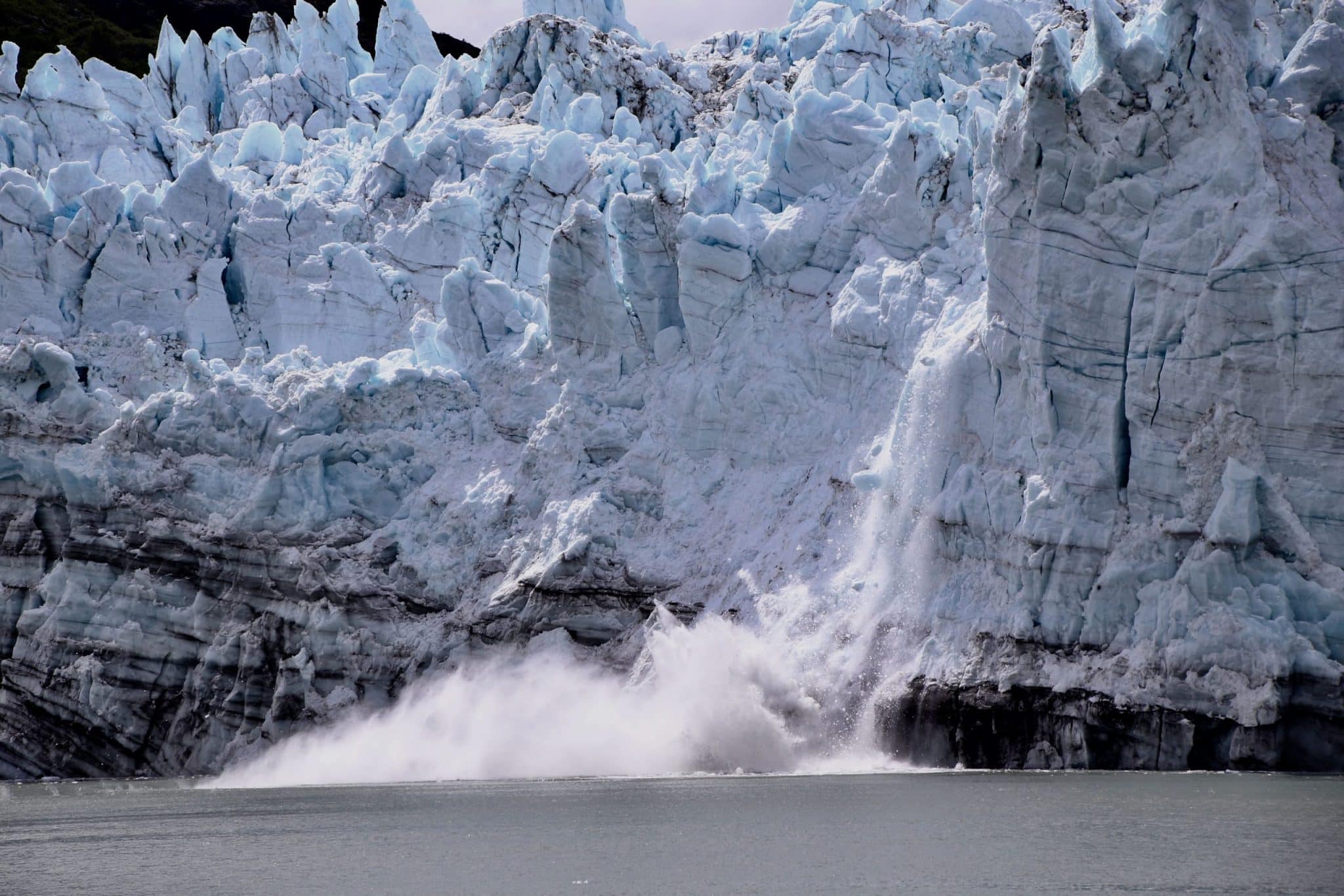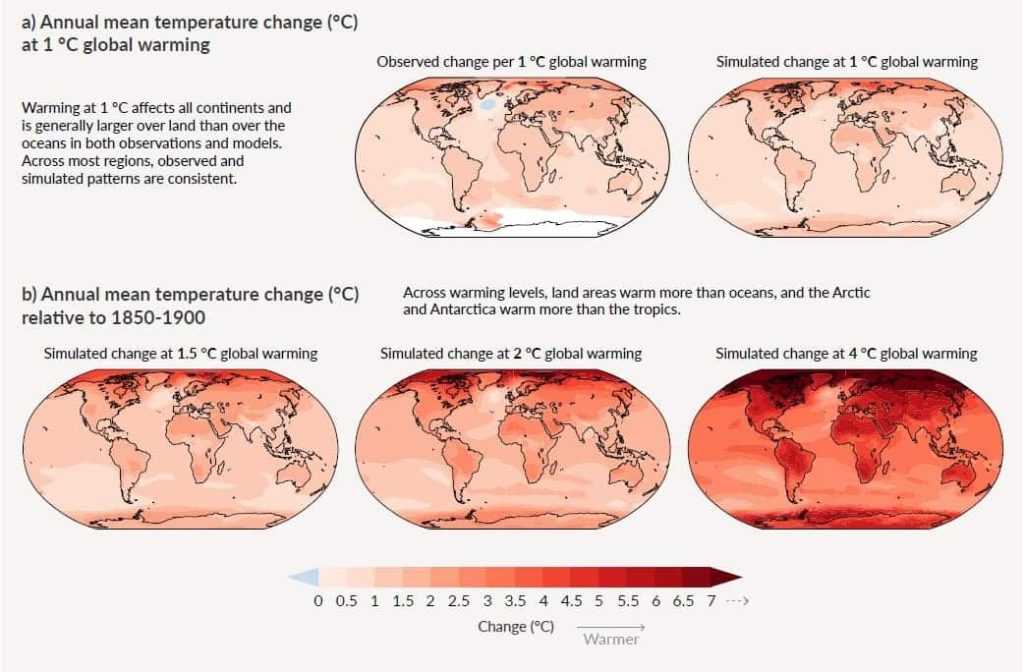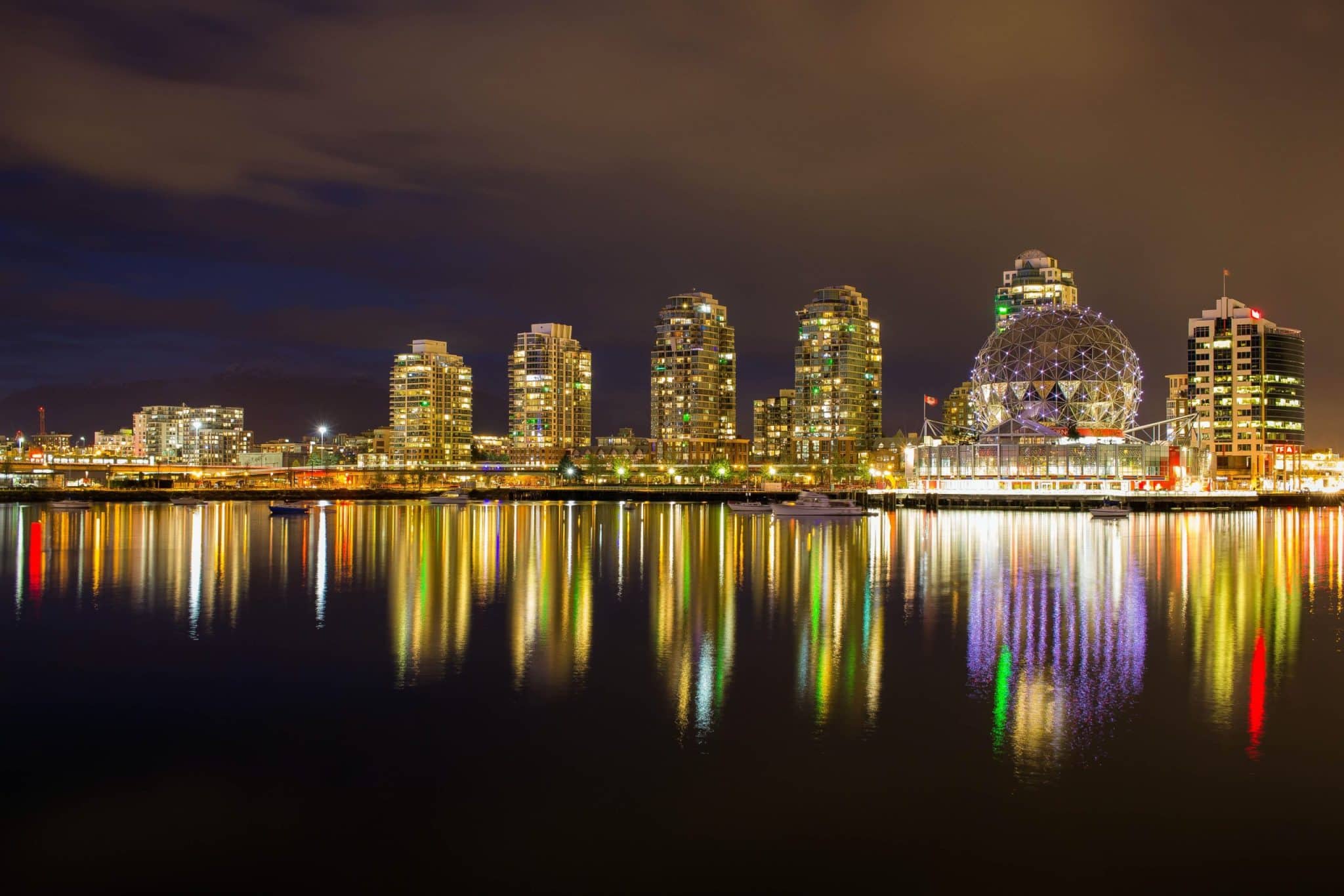“Our house is burning and we are looking elsewhere”, these words of President Jacques Chirac in 2002, are still terribly relevant today. The new report from the IPCC , the body bringing together international climate experts, proves it. Again. His conclusion: global warming is worse and faster than expected.
1st lesson : humans “indisputably” responsible for an unprecedented level of global warming
Since the publication of the first IPCC report in 1990, 1000 billion tonnes of CO2 have been emitted. That is, in just 30 years, almost half of our emissions (41%) since the beginning of the entire industrial era (1750)!
As a result, human activity has already warmed the climate at an unprecedented rate, +1.1°C over the last 10 years compared to the average for the period 1850-1900. Never seen before in 125,000 years , where we detect such variations, natural this time.
And the results are already clearly visible:
-exceptional heat waves in Canada in June and in Greece
-floods in Germany and Belgium at the beginning of summer
For IPCC experts, the attribution to human influence of such extreme climatic phenomena (heat waves, heavy precipitation, drought, cyclones) has been strengthened since the last report published 7 years ago.
Sometimes these extreme phenomena can even be combined (heatwave + megafires like in Canada). And in the future they will be even more frequent, 4-5 times more extreme heat waves, almost 2 times more heavy precipitation and droughts.
2nd lesson : we reach points of no return
Many changes are considered “irreversible” by climate experts:
-melting of glaciers and warming of the ocean therefore increase in ocean levels for “centuries, even millennia”
-melting of permafrost in Siberia releasing methane approximately 30 times more warming than CO2.
The IPCC also explains that natural carbon sinks (trees through photosynthesis and the oceans) are reaching saturation and will “very probably” absorb less CO2 after 2050. This will increase the concentration of CO2 in the atmosphere and therefore global warming on earth.
And for the first time, the occurrence of tipping points, such as the melting of the Antarctic ice sheet, although unlikely, can no longer be ruled out.
What scenarios by 2050?
The IPCC establishes 5 scenarios for the level of greenhouse gas (GHG) emissions: in all of them we reach +1.5°C in the near future (between 2025 & 2040) and will remain, except in the most ambitious, above 1.5°C at the end of the century !
The Paris Agreement, signed during COP 21 in 2015, planned to limit global warming “well below” +2°C, if possible +1.5°C. It is therefore almost buried.
The collective considers it “very likely” (90% chance) to reach the range +2°C to +5°C, compared to +1°C to +6°C in its previous report 7 years ago. The preferred scenario being +3°C.
And in this case, global warming will be even more marked at the poles, as this IPCC diagram shows:
How to act then?
To limit global warming of planet Earth to +1.5°C (most ambitious scenario), we would need to immediately and drastically reduce our GHG emissions. But at the current global rate (40GtCO2/year), in just 8 years, the Earth would have exhausted its remaining carbon budget to stay below +1.5°C.
More than ever, everyone is concerned, because every tonne emitted counts and contributes to global warming. In construction for example , according to the National Low-Carbon Strategy, France targets -49% GHG emissions by 2030 compared to 2015 and -90% by 2050.
Emissions from the building sector have been in continuous decline since 2015 (Source High Council for the Climate). But to meet the objectives, we will have to accelerate further: the pace planned for the 2nd carbon budget period (2019-2023) is significantly higher 3.5 Mt CO2 eq/year than that of the 1st period (2015-2018) 1 .9 Mt CO2 eq/year.
This will first involve the adoption of sober behavior by building users, coupled with technical energy efficiency actions (BMS, set temperature, etc.). This will allow around 40% reduction in energy consumption according to the Sustainable Real Estate Observatory (OID). And then through heavy energy renovation work on buildings.
In 2050, France aims to achieve carbon neutrality, meaning that it would not emit more CO2 than it absorbs through its natural carbon sinks.
Good news if we get there: According to the IPCC, achieving carbon neutrality will make it possible to stop global warming more likely than in the previous report.
To access the executive summary of the report on the official website: https://www.ipcc.ch/report/sixth-assessment-report-working-group-i/
🤖 Summarize this article with an AI
Click on a button to automatically sum up this page with the AI of your choice.




